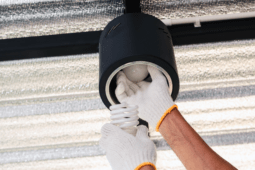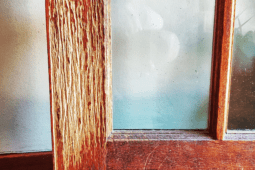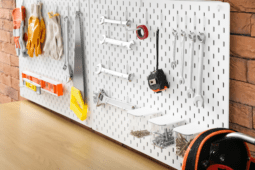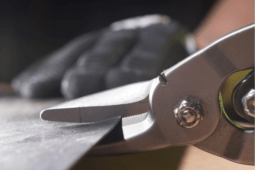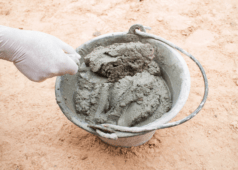A Guide For How to Fix Concrete Cracks Ensuring Durable Repairs
When looking get into home improvement projects, mastering the art of mending concrete cracks is akin to holding a golden key to maintaining the structural integrity and aesthetic appeal of your home. Whether it’s a driveway that’s seen better days, a sidewalk with a story to tell, or a beloved patio that’s weathered one too many storms, knowing how to fix concrete cracks can save you time, money, and a whole lot of headaches. So, let’s get into the nitty gritty of concrete repair, ensuring you are armed with the right tools, techniques, and a touch of creativity to breathe new life into your concrete surfaces.
Understanding the Causes of Concrete Cracks
First and foremost, it’s crucial to understand that concrete, despite its solid appearance and formidable strength, is not immune to the ravages of time, weather, and physical stress. Cracks in concrete can arise from a variety of sources, ranging from the natural settling of the earth beneath it to extreme temperature changes that cause expansion and contraction.
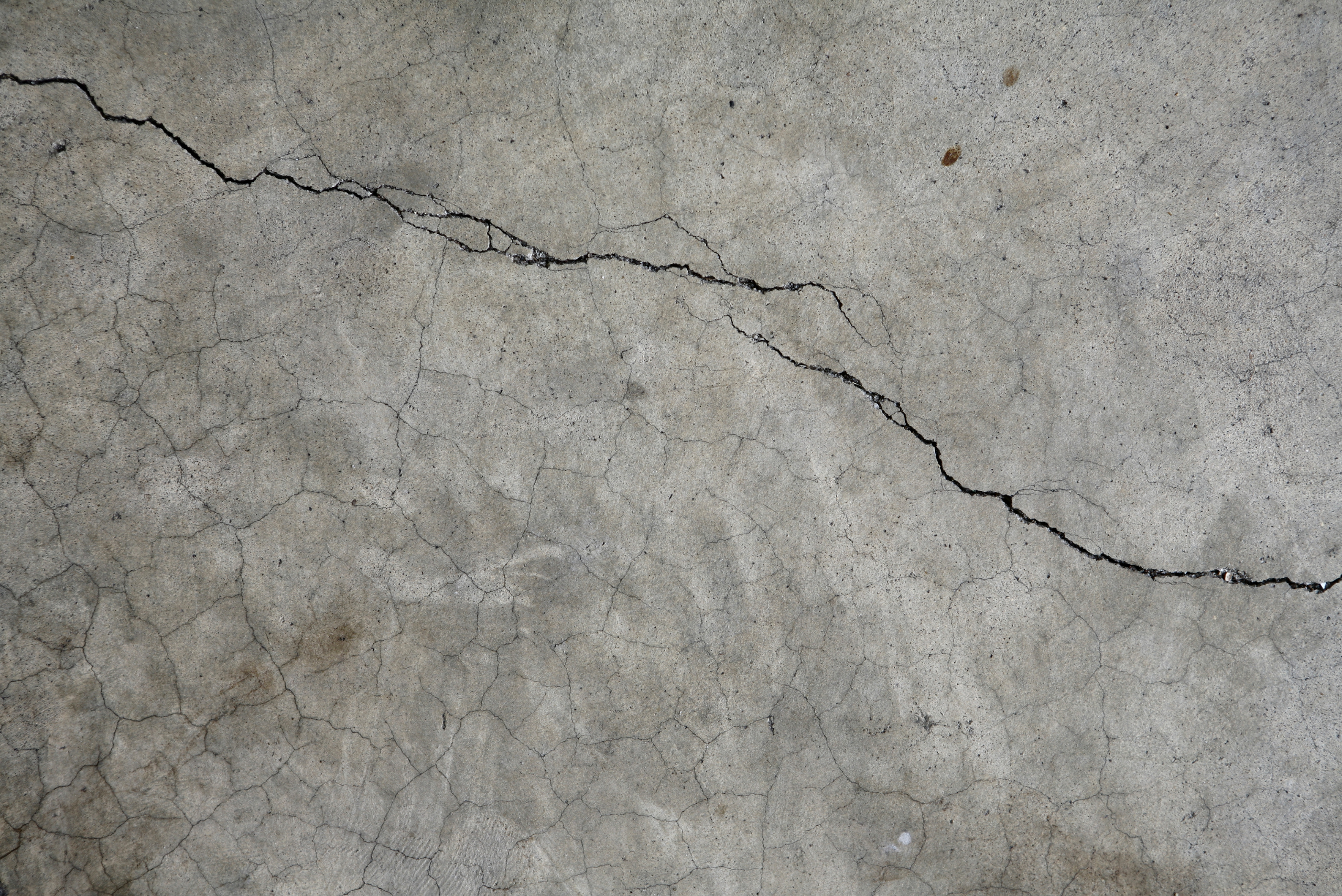
Even the process of water seepage, which can freeze and expand, contributes to the gradual fracturing of this sturdy material. Recognizing the cause of the cracks is the first step in the journey to repair them, as it informs the approach and materials required for a lasting fix.
Preparing the Area Before You Begin the Repair
Before starting the repair process, a critical step is preparing the cracked area for the fix. This involves cleaning the crack and its surroundings thoroughly, removing any loose material, dust, or debris that could compromise the adhesion of the repair material. A stiff brush, a vacuum, or even a blast of air can be employed to ensure the area is pristine.
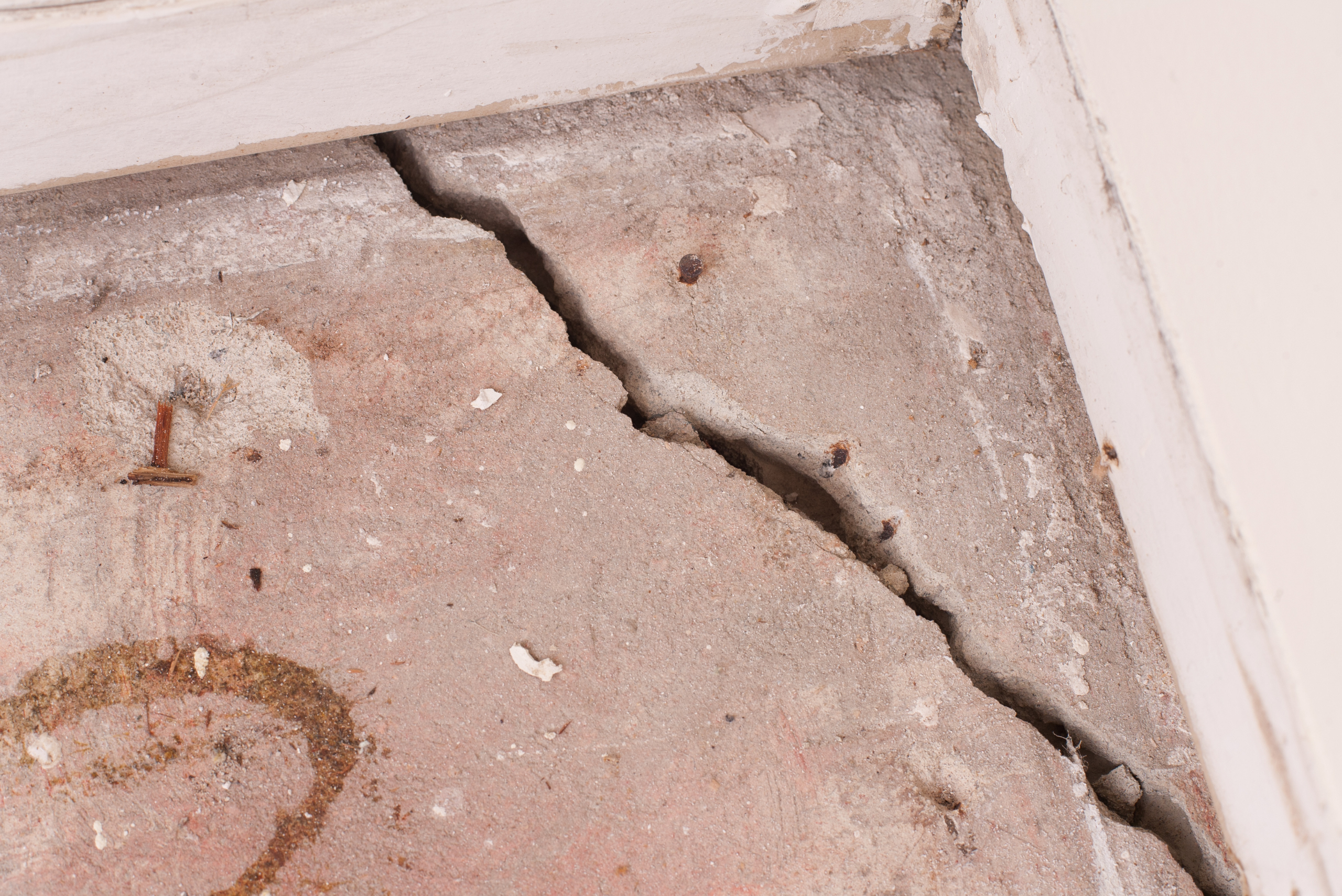
Additionally, it’s important to assess the width and depth of the crack, as this will dictate whether you need a simple concrete filler for small hairline fractures or a more robust patching compound for larger gaps. Proper preparation not only makes the repair process smoother but also enhances the durability of the fix.
Choosing the Right Materials and Tools For Concrete Repair
Selecting the appropriate materials and tools is paramount in how to fix concrete cracks effectively. For minor cracks, a concrete caulk or liquid filler can be an easy and efficient solution, easily applied with a caulking gun. However, for wider or deeper cracks, opting for a vinyl patching compound might be necessary, providing a stronger bond to withstand the pressures that caused the crack initially.
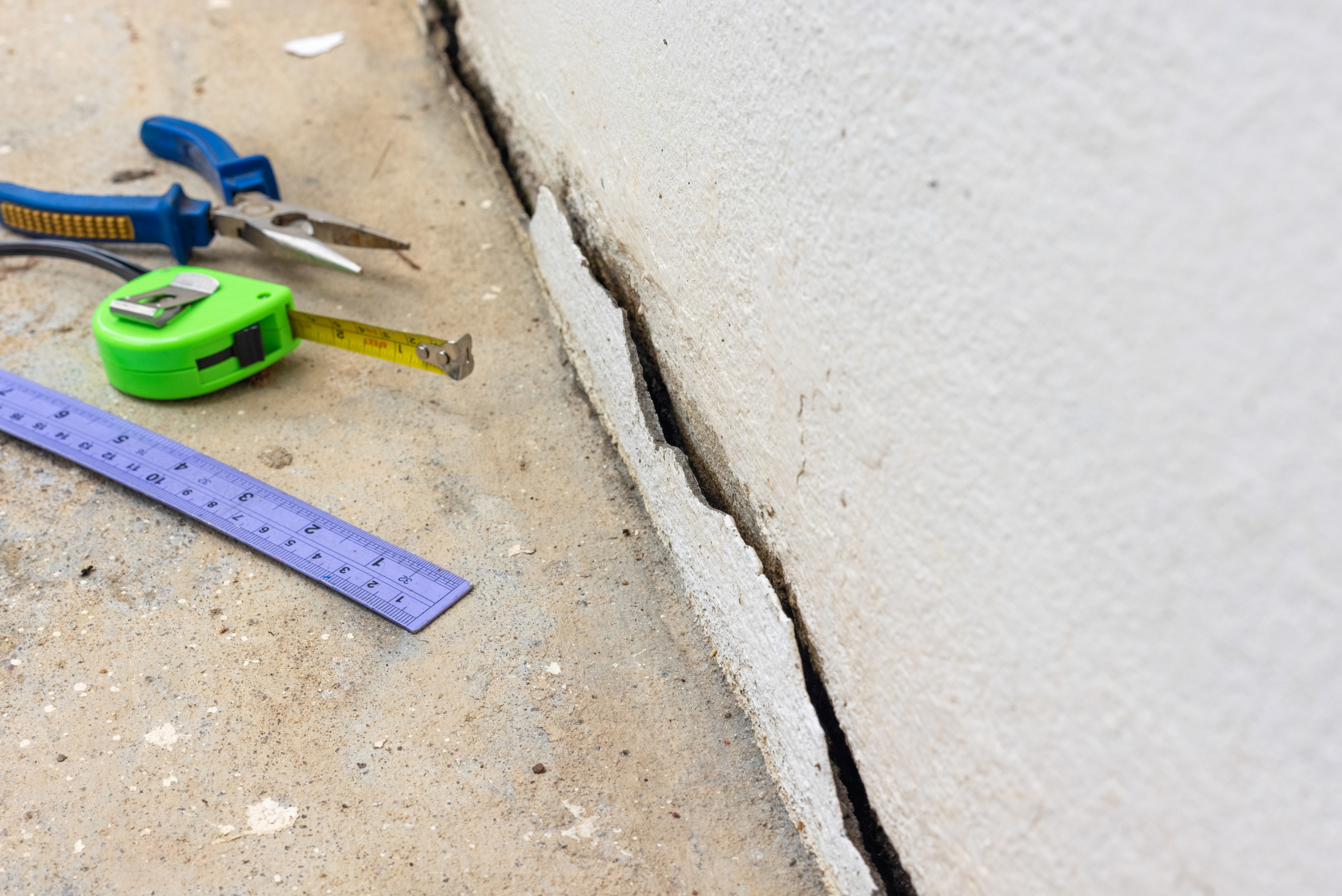
Alongside the repair materials, having the right tools at hand – such as a trowel for smoothing, a chisel for removing any jagged edges within the crack, needlenose pliers to remove loose material, and safety gear to protect your eyes and hands – is essential for a successful repair job.
Step-By-Step Instructions for Fixing Concrete Cracks
With the area prepared and the right materials and tools at your disposal, the actual repair process can commence. For small cracks, the application of the filler or caulk is straightforward – simply inject the material into the crack, ensuring it’s completely filled, and then smooth over the surface with a trowel or your finger (wearing gloves, of course).
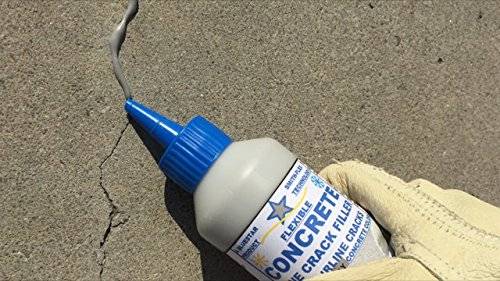
For larger cracks, the process may involve applying a bonding adhesive before the patching compound to ensure a secure fix. It’s crucial to follow the manufacturer’s instructions for mixing, applying, and curing times to achieve the best results. Patience is key; a rushed job can lead to a repair that doesn’t last, necessitating further work down the line.
Aftercare and Prevention To Ensure Your Repair Stands the Test of Time
Finally, after the repair is complete and the material has cured, it’s important to take steps to protect and maintain the area to prevent future cracks. This can include applying a concrete sealer to repel water, reduce wear, and protect against stains.
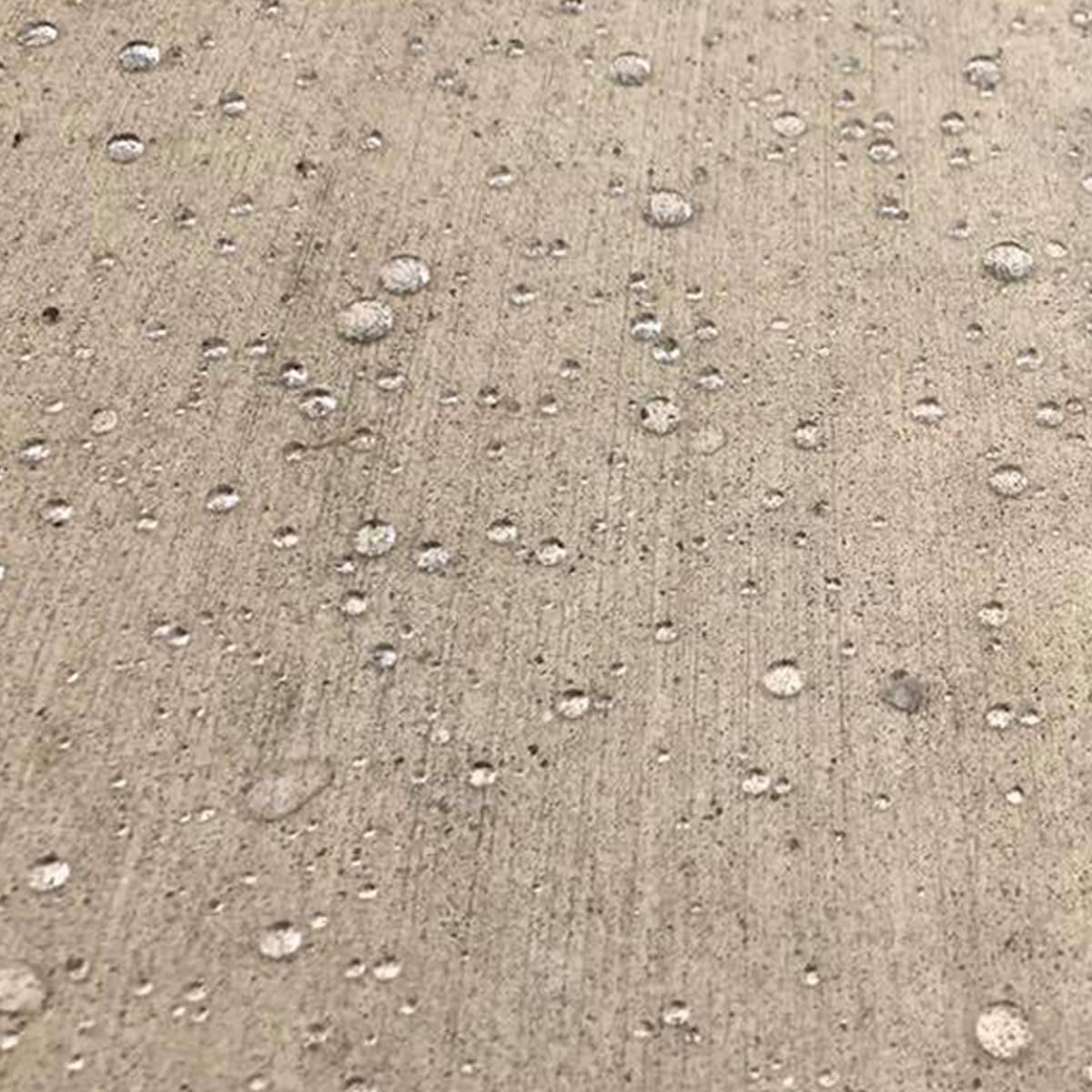
Additionally, regular inspection of concrete surfaces for early signs of wear and tear, along with immediate action, can prevent small issues from becoming big problems. Understanding that concrete, like any other material, requires a degree of maintenance is key to ensuring your repairs are not just temporary fixes but long-term solutions.
Related Articles:
- How to Clean Concrete in 4 Simple Steps
- How to Pour Self-Leveling Concrete For Flawless Results
- How to Level A Deck on Uneven Concrete
Learning how to fix concrete cracks is a valuable skill that can enhance the longevity and appearance of your home’s concrete surfaces. By understanding the causes, preparing the area properly, choosing the right materials and tools, carefully executing the repair, and following up with diligent aftercare, you can tackle concrete cracks with confidence. Remember, the secret to a successful concrete repair lies not just in the act itself but in the preparation and follow-through.

